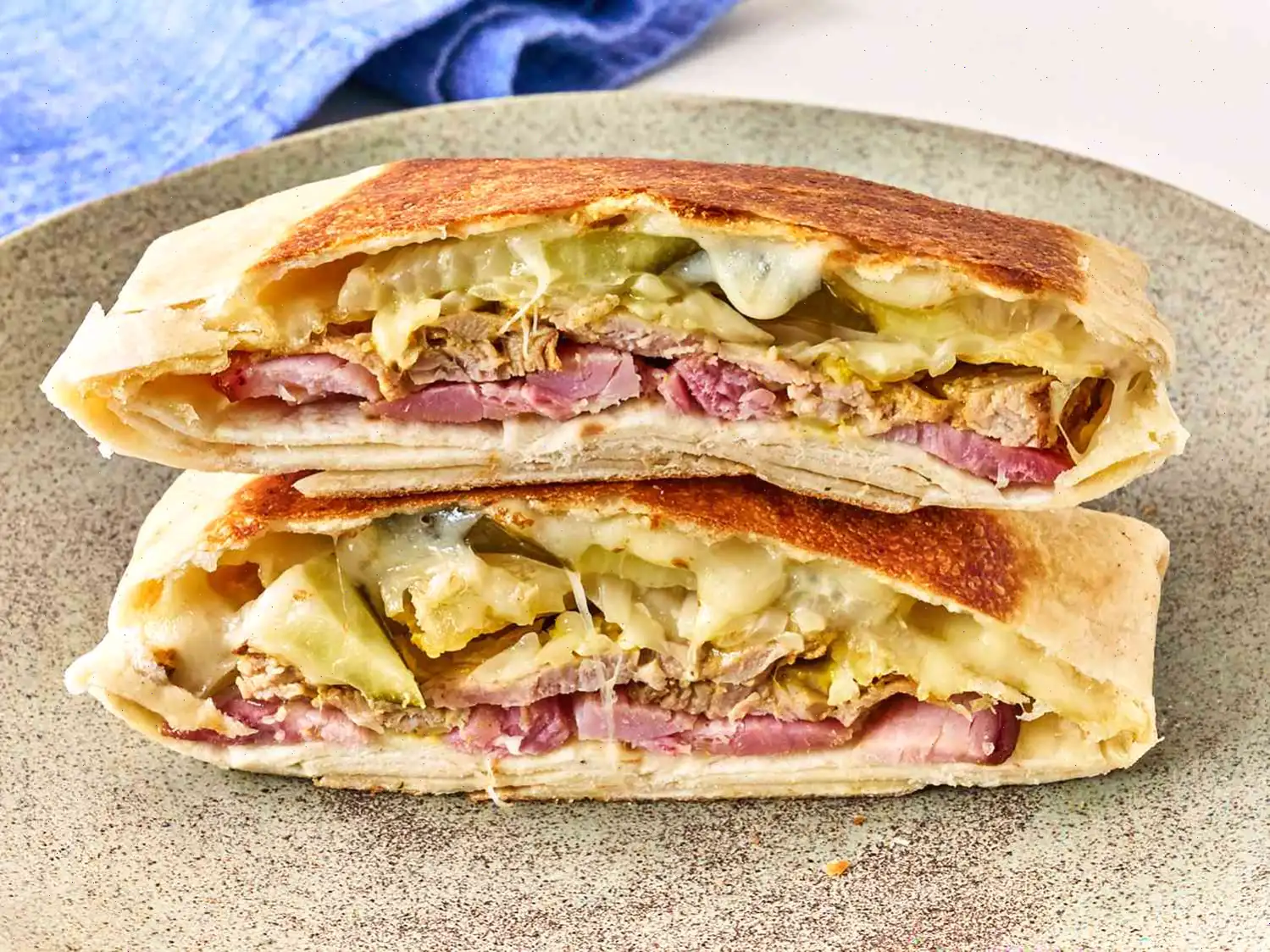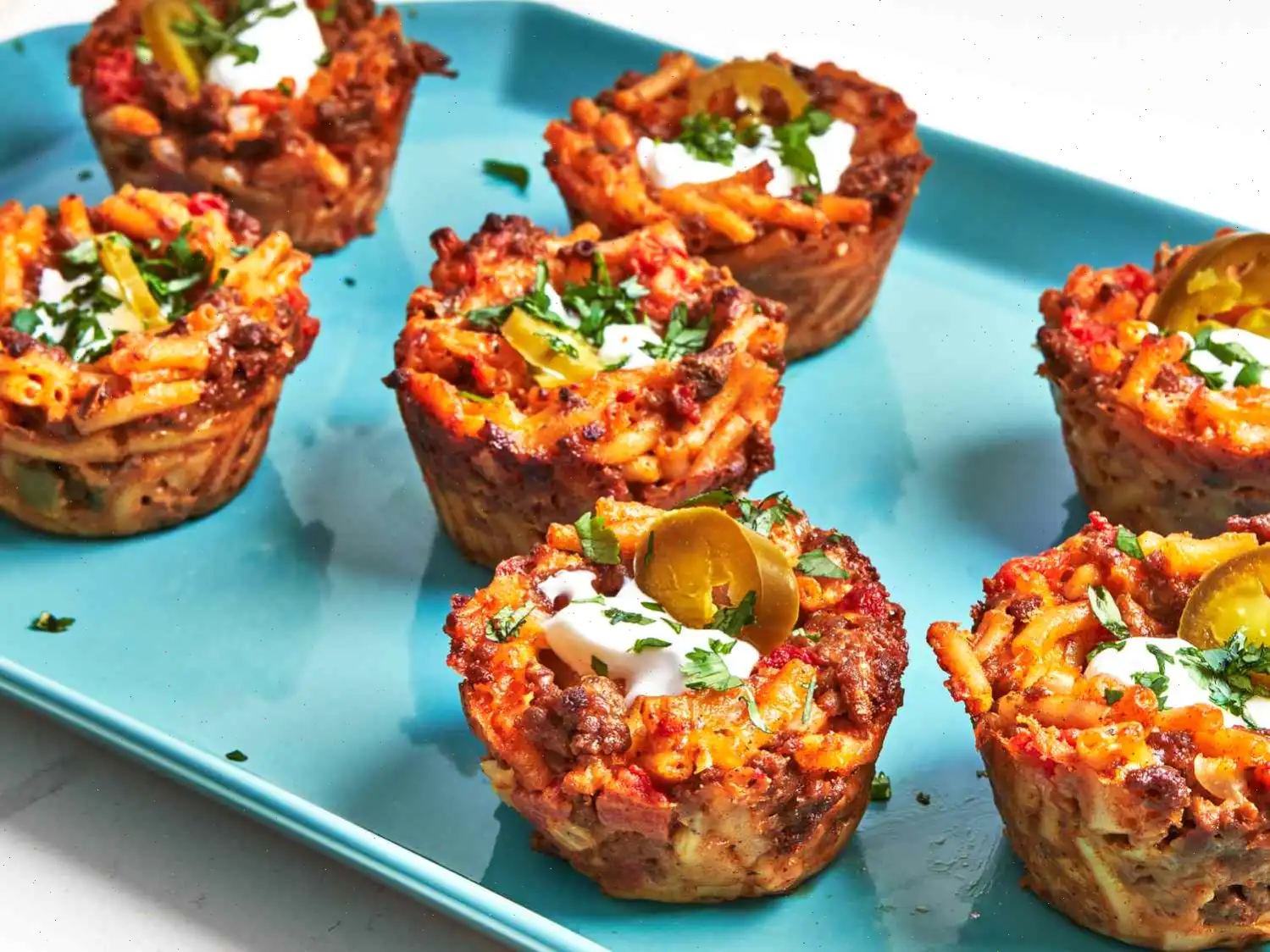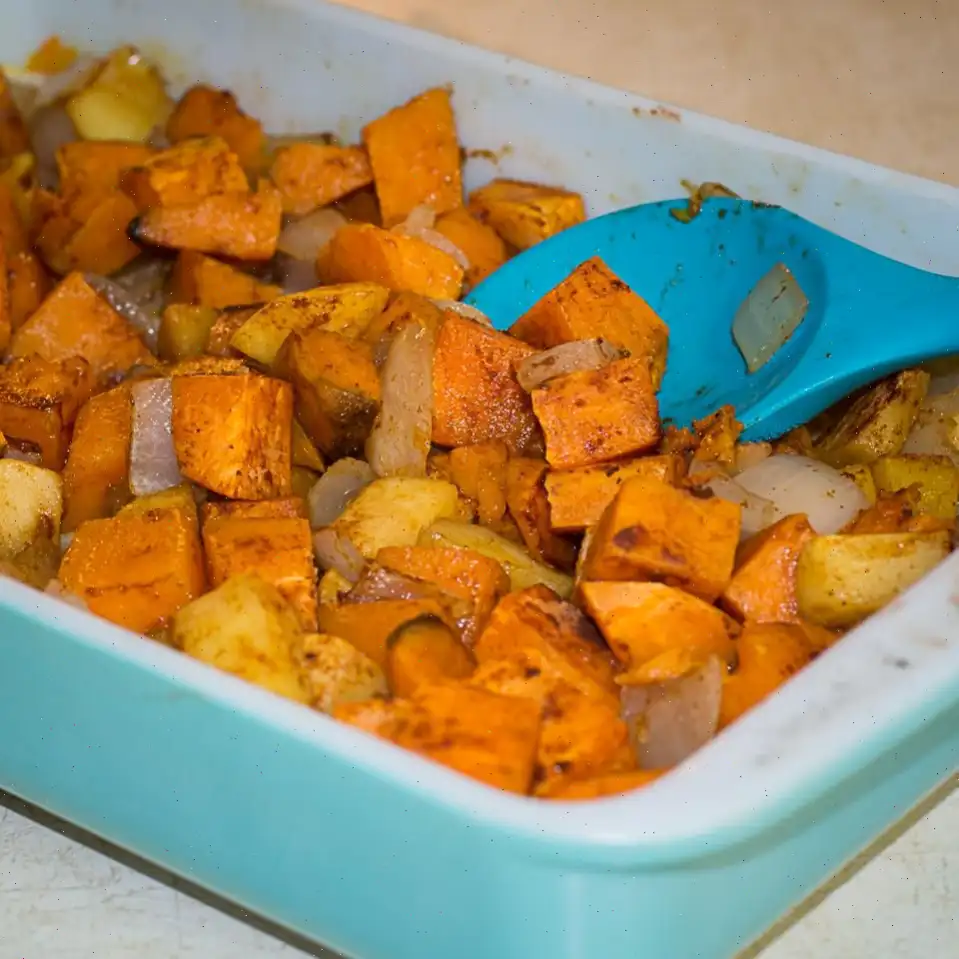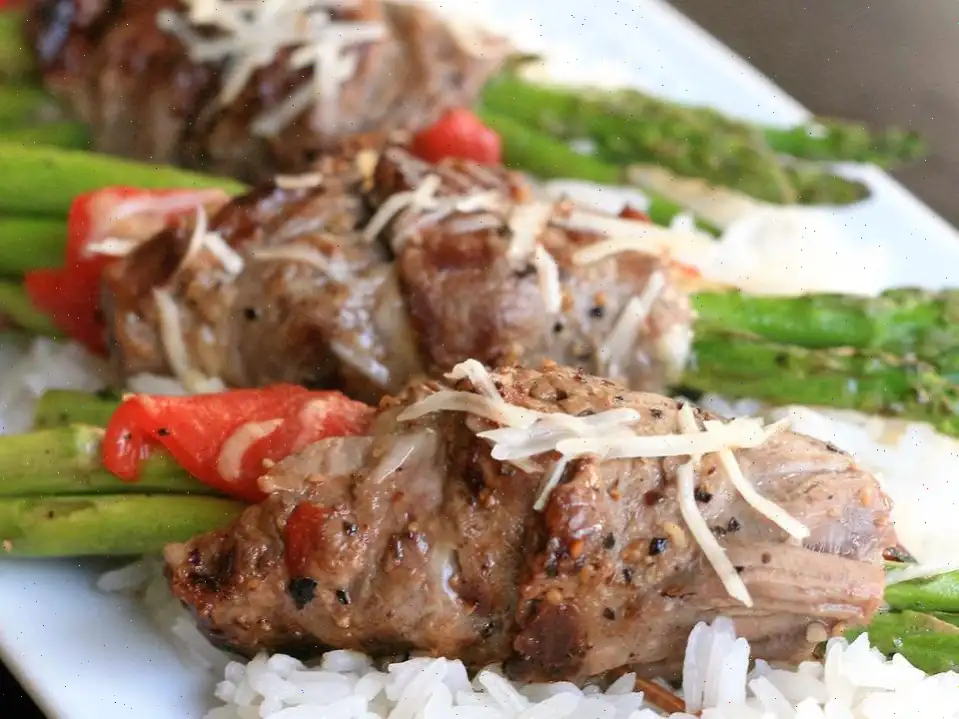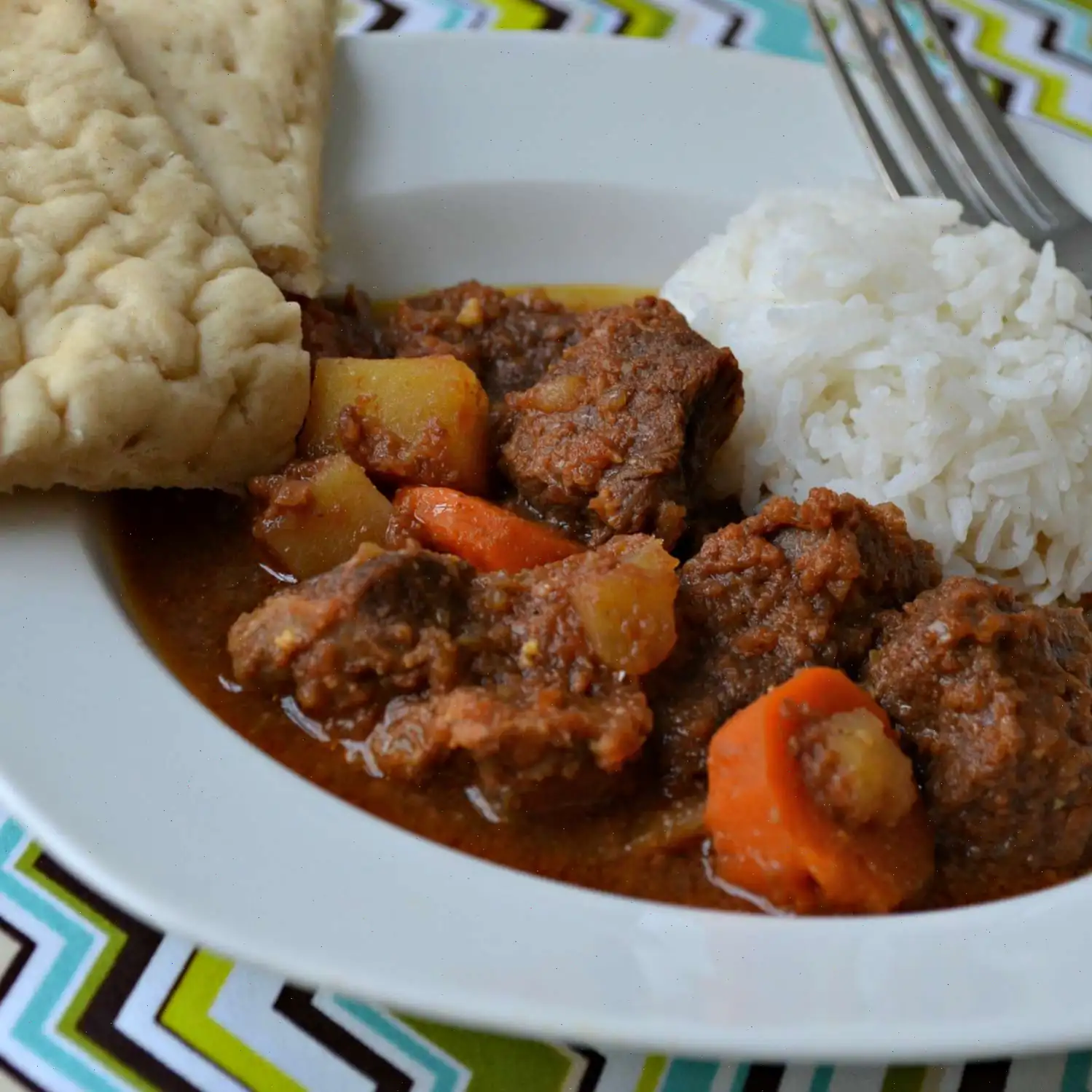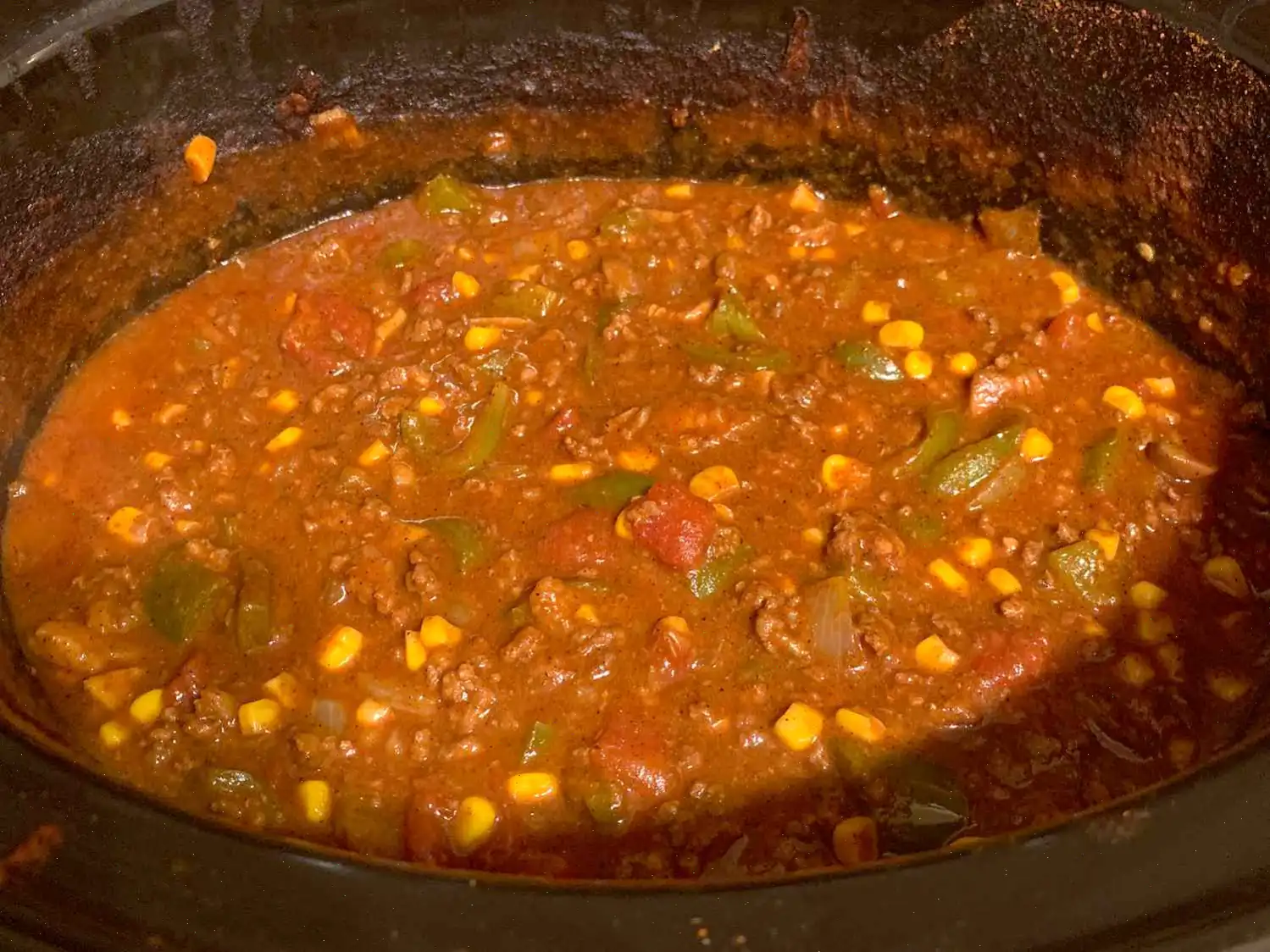
Verenika Recipe
Ingredients
- 2 cups dry cottage cheese
- 2 eggs
- teaspoon ground black pepper
- 3 cups all-purpose flour
- cup nonfat dry milk powder
- teaspoon baking powder
- teaspoon salt
- cup water
- 4 teaspoons vegetable oil
- 3 tablespoons butter
- 1 cup cubed ham
- 3 tablespoons all-purpose flour
- 1 teaspoon black pepper
- 2 cups warm milk
Directions
Step 1: In a mixing bowl, combine cottage cheese, 2 eggs, and teaspoon black pepper. Beat with an electric mixer until smooth. Set the filling aside.
Step 2: In a large bowl, stir together flour, milk powder, baking powder, and teaspoon salt.
Step 3: In a small bowl, beat together 2 eggs, water, and vegetable oil. Add this mixture to the flour mixture, stirring until smooth.
Step 4: On a floured surface, knead the dough until smooth, about 10 times. Divide the dough in half and roll each portion out to 1-inch thickness.
Step 5: Using a 4-inch round cutter, cut out rounds of dough. Place 1 tablespoon of cottage cheese filling in the center of each round.
Step 6: Moisten the edges of the dough and fold over to form a half-moon shape. Pinch the edges together to seal.
Step 7: Bring a large pot of water to a boil. Add half of the dumplings and cook for 8 to 10 minutes, or until tender. Use a slotted spoon to remove them to a plate. Repeat with the remaining dumplings.
Step 8: In a medium saucepan, melt butter over medium-low heat. Add cubed ham and cook until it turns light brown.
Step 9: Stir in 3 tablespoons of flour, teaspoon salt, and 1 teaspoon black pepper. Pour in warm milk all at once. Cook and stir until the mixture thickens and becomes bubbly.
Step 10: Serve the ham gravy over the cooked dumplings.
Nutrition Facts (per serving)
| Calories | 127 |
|---|---|
| Total Fat | 4g |
| Saturated Fat | 2g |
| Cholesterol | 35mg |
| Sodium | 254mg |
| Total Carbohydrate | 15g |
| Dietary Fiber | 1g |
| Total Sugars | 2g |
| Protein | 7g |
| Calcium | 64mg |
| Iron | 1mg |
| Potassium | 110mg |
* Percent Daily Values are based on a 2,000-calorie diet. Your daily values may be higher or lower depending on your calorie needs.

Verenika is a beloved dish from Eastern European cuisine, known for its comforting, rich flavors and satisfying textures. This traditional dish consists of dumplings filled with a mixture of cottage cheese, eggs, and spices, which are then boiled and served with a savory ham gravy. Verenika is often enjoyed as a family meal or at community gatherings, especially during the colder months, making it the ultimate comfort food.
History and Origins of Verenika
Verenika has its roots in the cuisines of Central and Eastern Europe, particularly in Ukraine, Poland, and Russia. Similar to other dumpling-based dishes like pierogi, verenika is made from simple ingredients that are commonly available in rural areas. The dish was traditionally prepared by peasant families who would gather in large groups to prepare and enjoy these dumplings, often filling them with a variety of ingredients, such as potatoes, cheese, or fruit. Over time, verenika became a staple at holidays, festivals, and special occasions, symbolizing family, tradition, and warmth.
Regional Variations
While the basic concept of verenika remains the same across regions, there are slight variations in its preparation and filling depending on the locality. In Ukraine, for instance, verenika may be filled with mashed potatoes or cherries, while in Poland, it might be served with sour cream and sugar as a sweet dish. The most common filling, however, is cottage cheese or farmers cheese mixed with eggs and pepper, as seen in the recipe provided. This version is popular in the United States among Ukrainian and Eastern European immigrant communities, particularly in the Midwest.
Distinguishing Features from Similar Dishes
Verenika is often compared to other Eastern European dumplings, such as pierogi and vareniki. While pierogi typically have a similar dough and shape, they differ mainly in their fillings, which range from savory to sweet, and may include ingredients such as potatoes, meat, or fruit. Vareniki, the Russian counterpart to verenika, is almost identical but is typically served with sour cream or butter instead of gravy. The primary difference between these dishes lies in the texture and the richness of the filling, with verenika often being slightly thicker and more indulgent due to the use of cream-based gravies or sauces.
Where is Verenika Typically Served?
Verenika is commonly served in Eastern European households, especially during festive occasions, such as Christmas Eve dinners or Easter celebrations. In the United States, it is popular among the descendants of Eastern European immigrants, often found in church picnics, community gatherings, and family reunions. In some regions, it is served in traditional restaurants that specialize in Eastern European cuisine, and it remains a beloved comfort food in both rural and urban settings.
Interesting Facts About Verenika
- The name "verenika" comes from the Russian word "vareniki," meaning "boiled," referring to the method of cooking the dumplings.
- Verenika is often prepared in large quantities, as it is a dish that brings families together during holidays and special occasions.
- In some variations, verenika can be filled with fruits like cherries or plums, making it a sweet dessert rather than a savory dish.
- The dish is a symbol of comfort and nostalgia, often made according to family recipes passed down through generations.
FAQ about Verenika Recipe
Comments
Katherine Robinson
12/21/2023 07:13:49 PM
This recipe is a family tradition for us - rich and mouthwatering, it's a special treat we enjoy once a year. We like to enhance the flavor by adding some feta to the dry curd cottage cheese. Our cream gravy is made with farmer sausage, which adds a delicious twist. After cooking the sausage, we create a roux with butter and flour in the pan before adding a mix of milk, sour cream, and heavy cream. We also throw in some onions for extra flavor. The end result is truly delightful!
Nathan Evans
01/13/2024 05:15:44 PM
This is my debut review, and I must say, these dumplings were absolutely delicious! They truly embody the essence of a homemade recipe and are the epitome of comfort food. I didn't have powdered milk on hand, so I substituted regular milk and mixed it with the wet ingredients instead of the dry ones, and the result was still fantastic. Just be sure to generously flour the dough before rolling it out and cutting it to ensure it doesn't stick. The sauce was exceptional, and although I improvised with a mix of ham and chicken cold cuts, it worked perfectly. My impatience led me to add more flour to thicken the sauce quickly, causing it to become too thick and almost gel-like, but despite this mishap, it still tasted great. Overall, these dumplings were very easy to make and definitely worth trying out.
Samantha Lee
06/29/2023 09:17:52 AM
The recipe is excellent, and I decided to give it a try based solely on the recommendation of a close friend.


